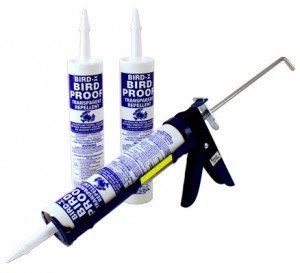While writing this blog, I hope to be honest about the occurrences and emotions we experience during the ups and downs of our journey. Some of these, I understand, may not paint me in the best light or make me look like the most skilled or adaptable sailor…but what good is this blog of our journey without honesty? It seems that, in this day and age, too many people are concerned about sharing their failures and foibles for fear that no one will take them seriously or respect their opinions. If anyone pretends to have never had a bad day, an oops moment, a low speed (or high speed) dock collision or a “duh” day….they, in my opinion, are more worried about their image or reputation than they are about making sure others are comfortable learning as we all do….by making mistakes.
When you own, or are living on a boat of any kind, backups to your systems are not the same as they are on land. If your furnace at your house goes out, just grab a space heater at Home Depot, turn on the fireplace or stay with a neighbor for a day or two. On a boat, you are extremely dependent on your hardware to keep you “afloat” both literally, figuratively and at times, more importantly, emotionally. A failure of emotional confidence can end a cruising or boating dream as fast as any real failure of gear.
Your feelings and confidence in your floating home are as crucial as the reality of the condition of your boat. If you don’t have a fair amount of confidence in your boat and your abilities to maintain and care for your systems you’ll be less likely to take that trip, venture into (or out of) that inlet, brave that rough sea or drop anchor in a rough or unfamiliar anchorage. I, for one, have experienced the feeling of depression and failure that comes with a perceived breakage or ruination of a system or major on board component. These feelings can be exacerbated when they happen in a series, potentially costing you a lot of money and time especially if you are on a tight cruising/boat budget. Do not despair!!!
Recently, while performing some maintenance on our boat and patchwork on our dinghy (that’s another story about why the dinghy needed patching) and removing a damaged…(haha!! to call this sail “damaged” is an extreme understatement….let’s just call it a destroyed or shredded) sail….(yet another story)…. we had a power failure to our inverter and charging system. I was caught completely off guard by this failure and after having recently replaced our house batteries (which set us back about $1500) I was literally inconsolable when I thought our $1800 inverter now needed to be replaced. This was on top of not knowing if our $3500 dinghy was going to require replacement and losing a $1000 sail to a random windstorm. Our particular inverter unit is an OLD Trace U2512SB inverter/charger (so old that I couldn’t find anyone at Trace/Xantrex tech support that worked there when this unit was being sold……it will probably need to be replaced in the next few years (fingers crossed that it lasts longer) but now is not a good time for that. I started with the simple things…check the on/off switch, check the built in breaker, check the shore power connection at the boat and on shore, check the shore power breaker and yet nothing obvious presented itself. I, mistakenly, began to assume the worst….a bad idea when dealing with boat systems. Take my advice and don’t fall into this trap.
So, we went to dinner and had a good time, despite the fact we were Googling every inverter manual and troubleshooting guide we could find during our meal. We found no answers that made me feel any better during dinner. We returned to the boat and while I was taking a look at our dinghy patch job, I noticed the smallest gap in the shore power cord and the 110v pigtail connection that was plugged into the dock outlet…despite the fact that these components have locking tabs, a separate locking collar and the power indicating light was on….. they were loose….I reconnected them and all was functioning normally……duh. So much for ruining our dinner by worrying about it.
The lesson I learned from what will forever be known as the dinghy/house battery/inverter debacle is that just because things look or feel like they are failing all around you does not mean that they are. Don’t get discouraged. Sure, at times, things might “pile on” and your dream will feel as if it has been skewered on the petard of abject failure and bad luck, but don’t assume the worst or give in to that mindset. A little patience (and luck) will go a long way to making your dream a reality. HANG IN THERE!!!
















